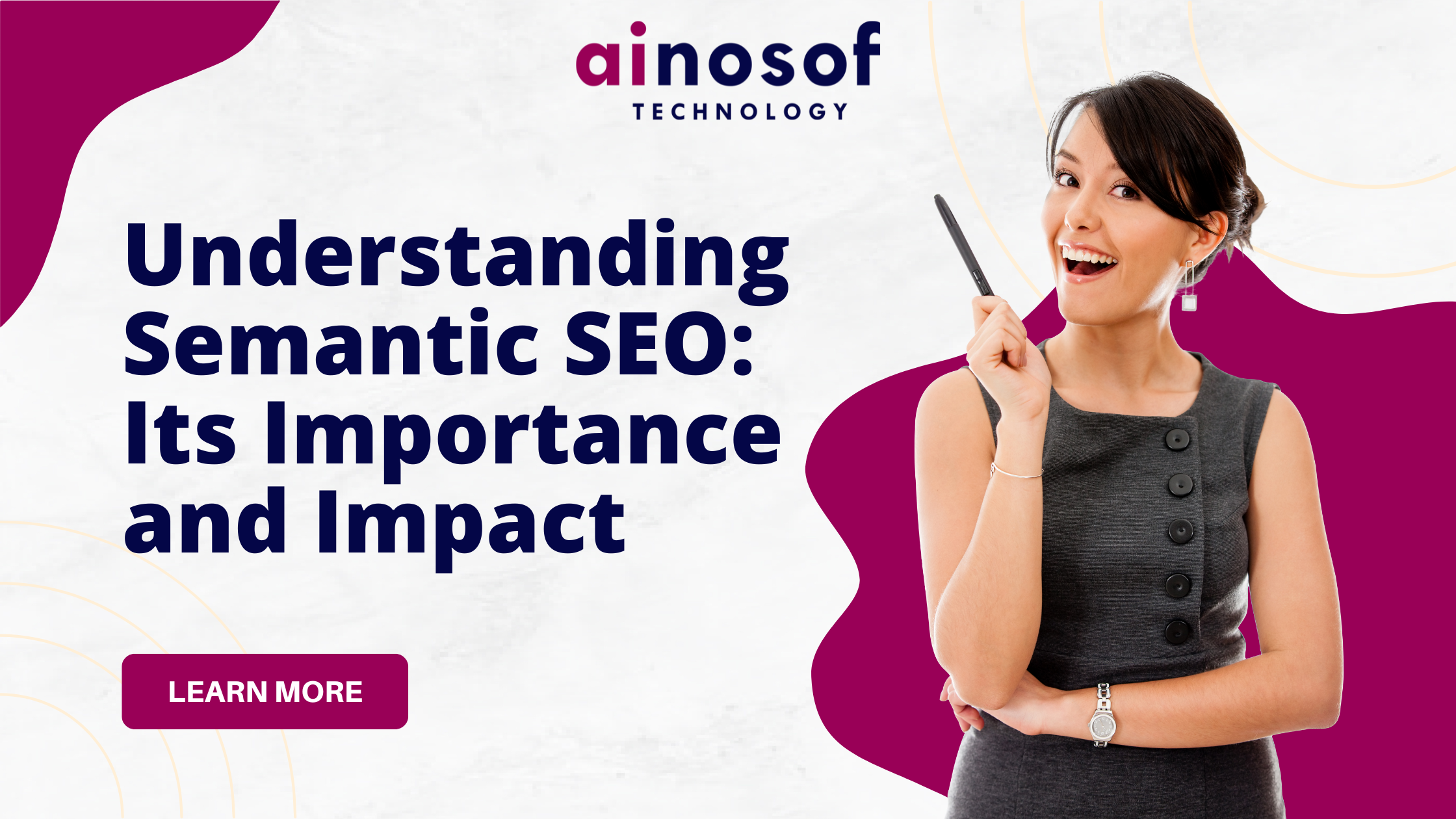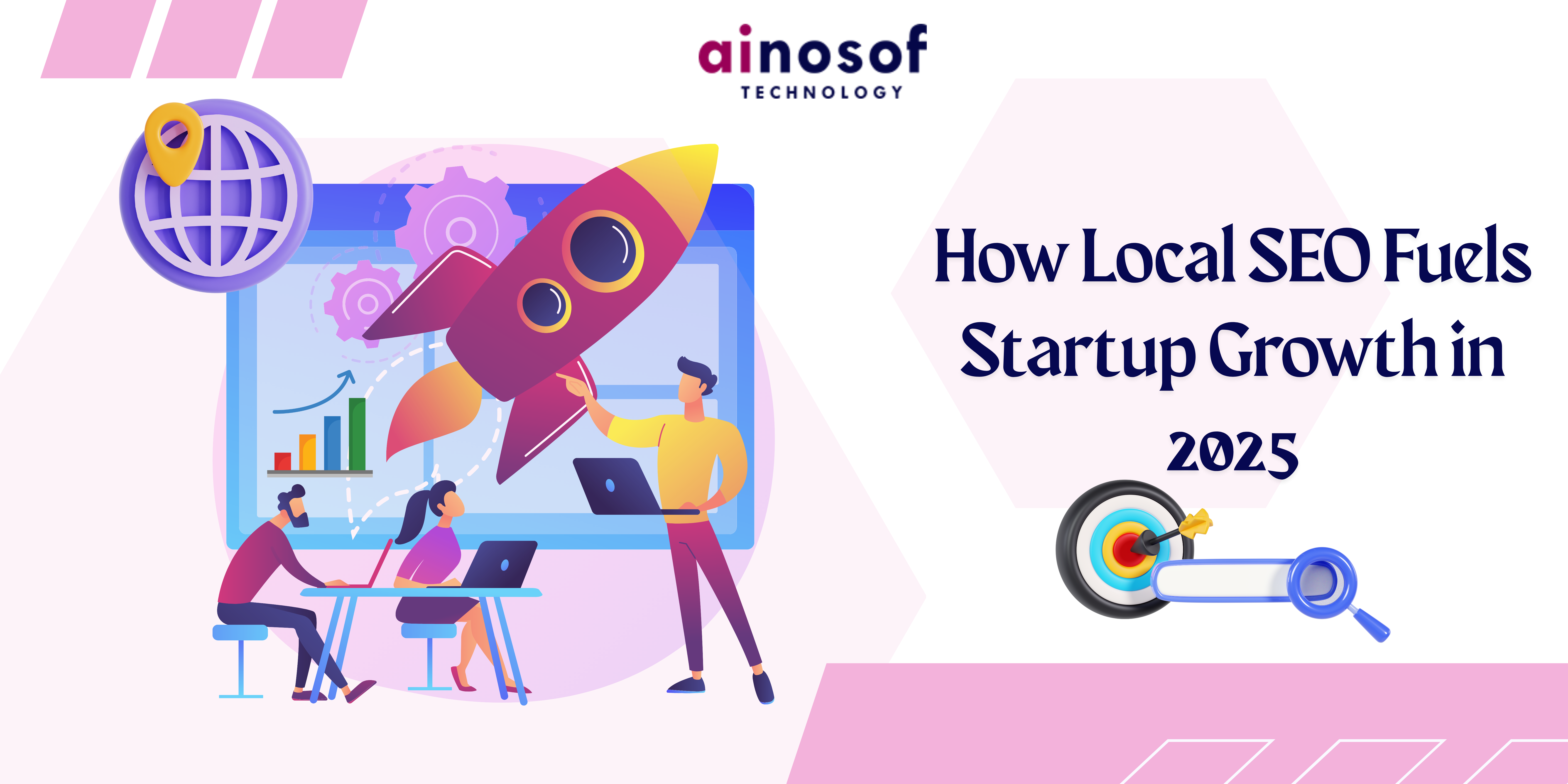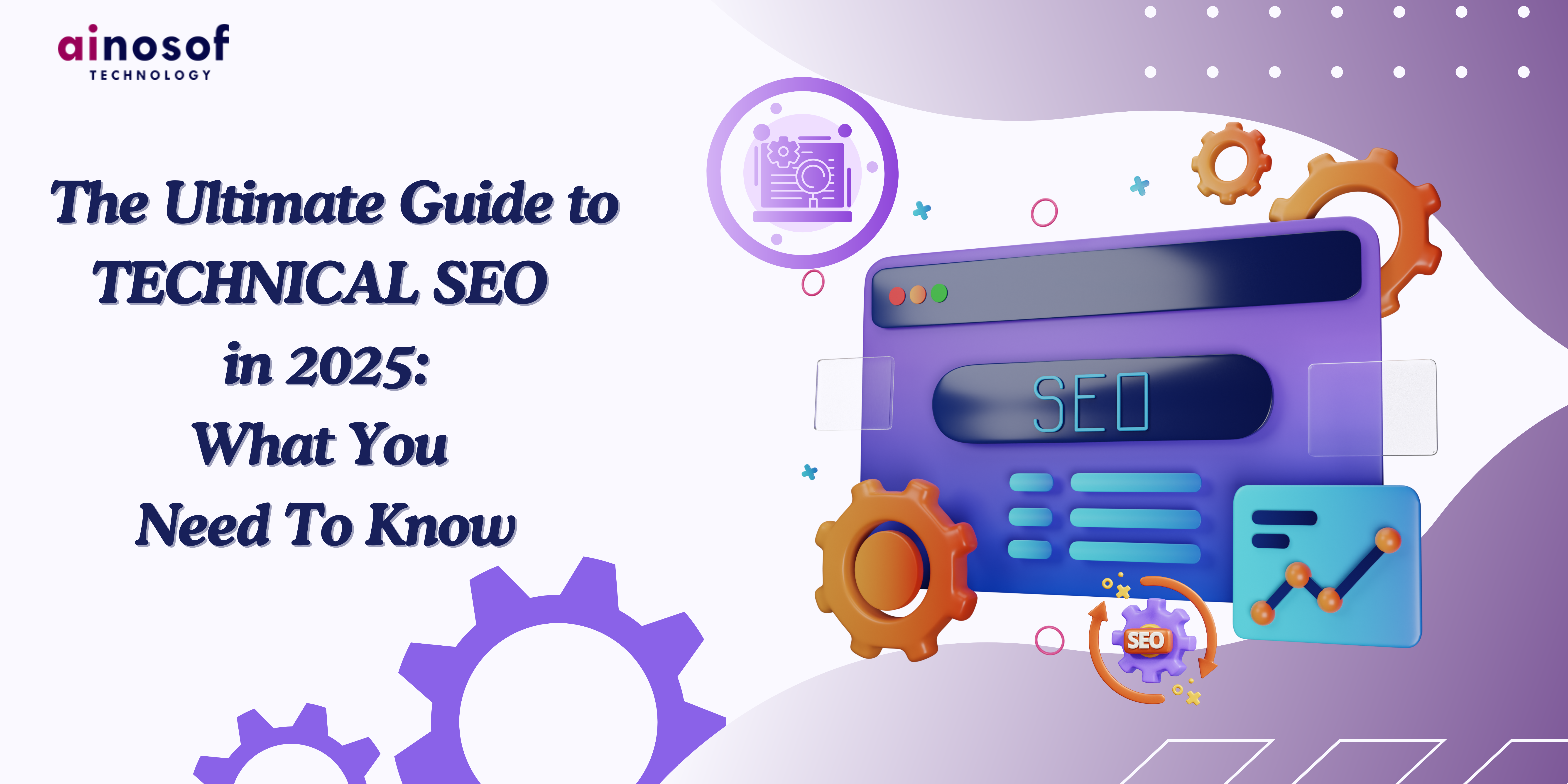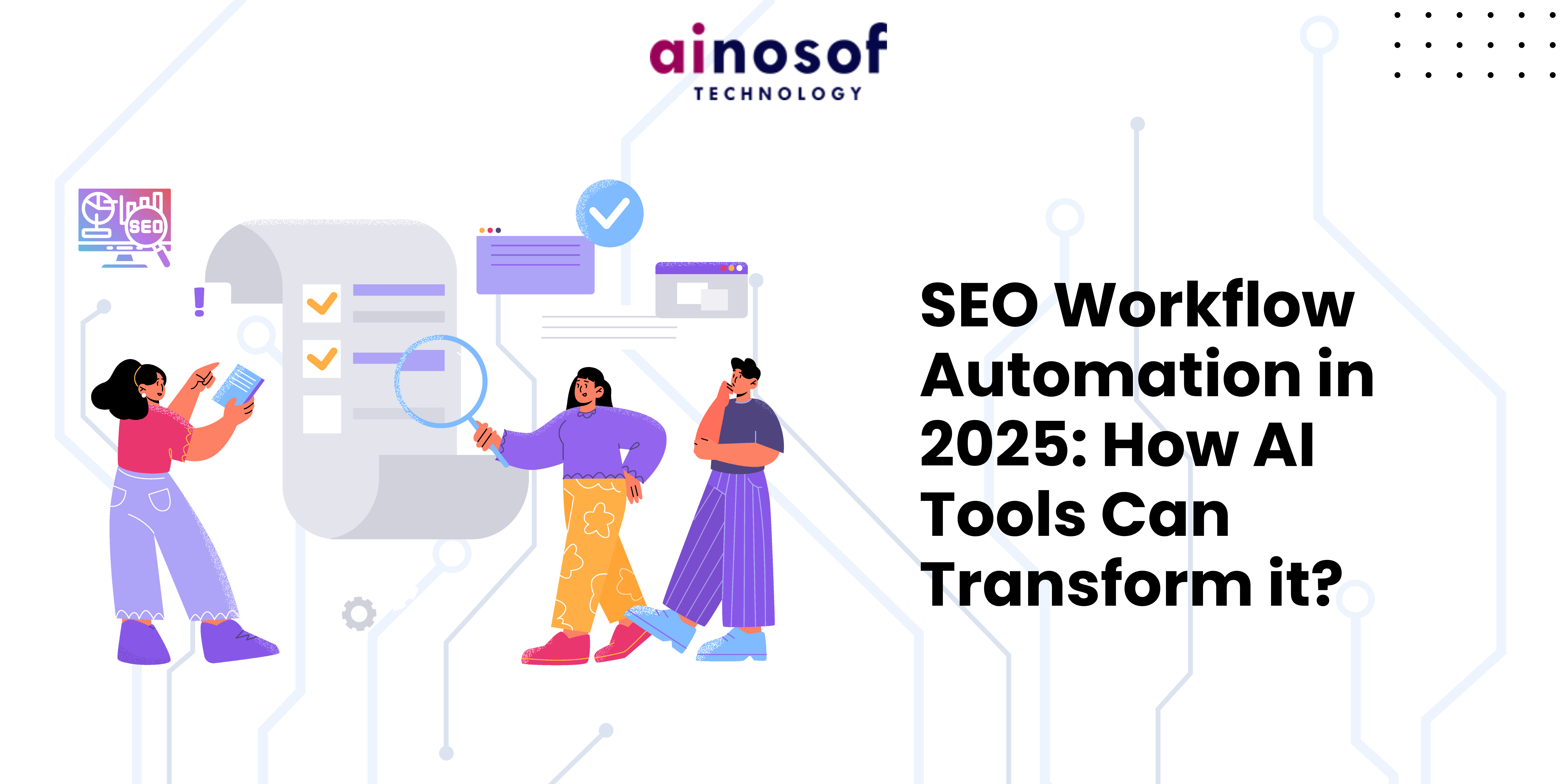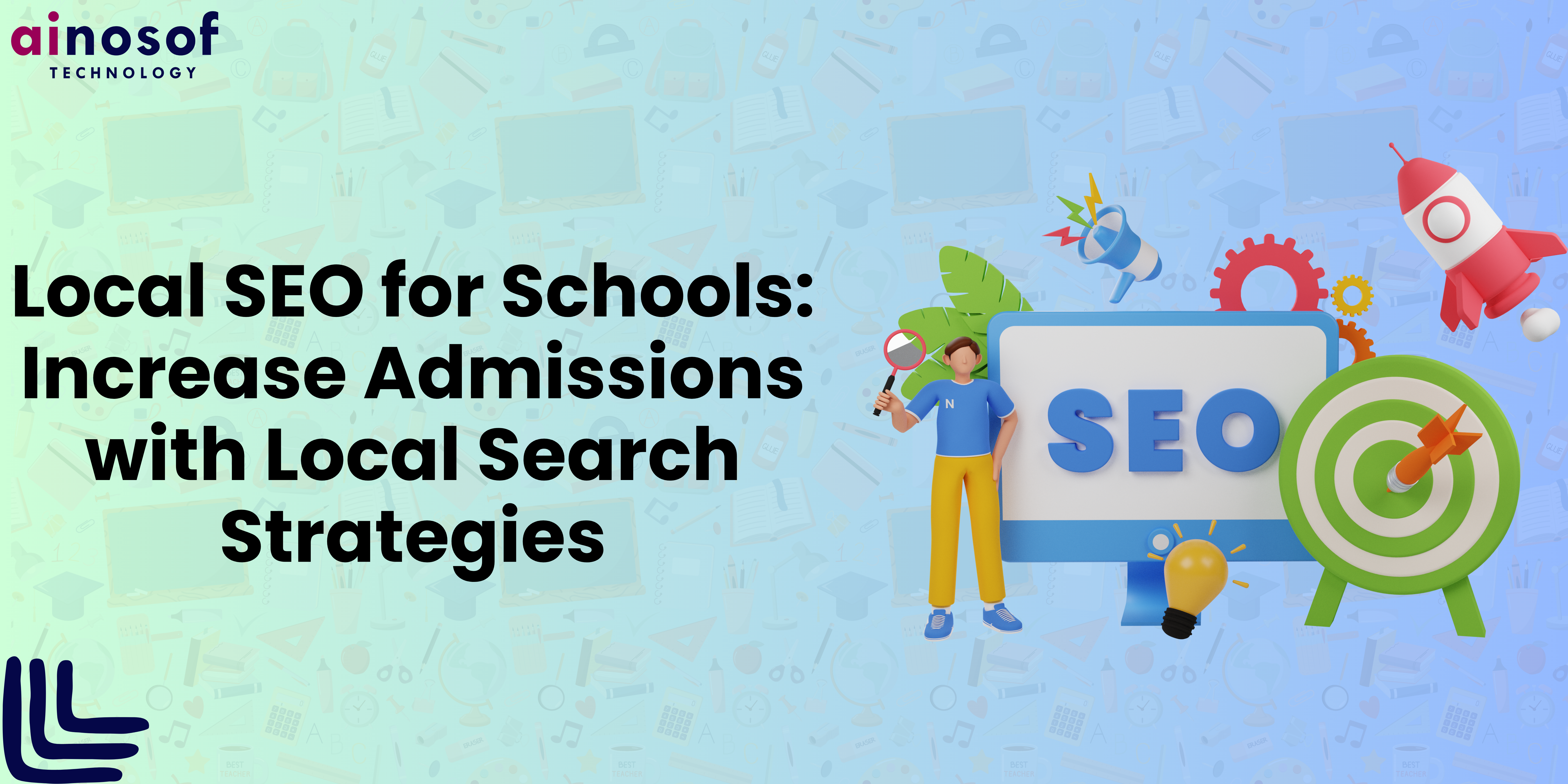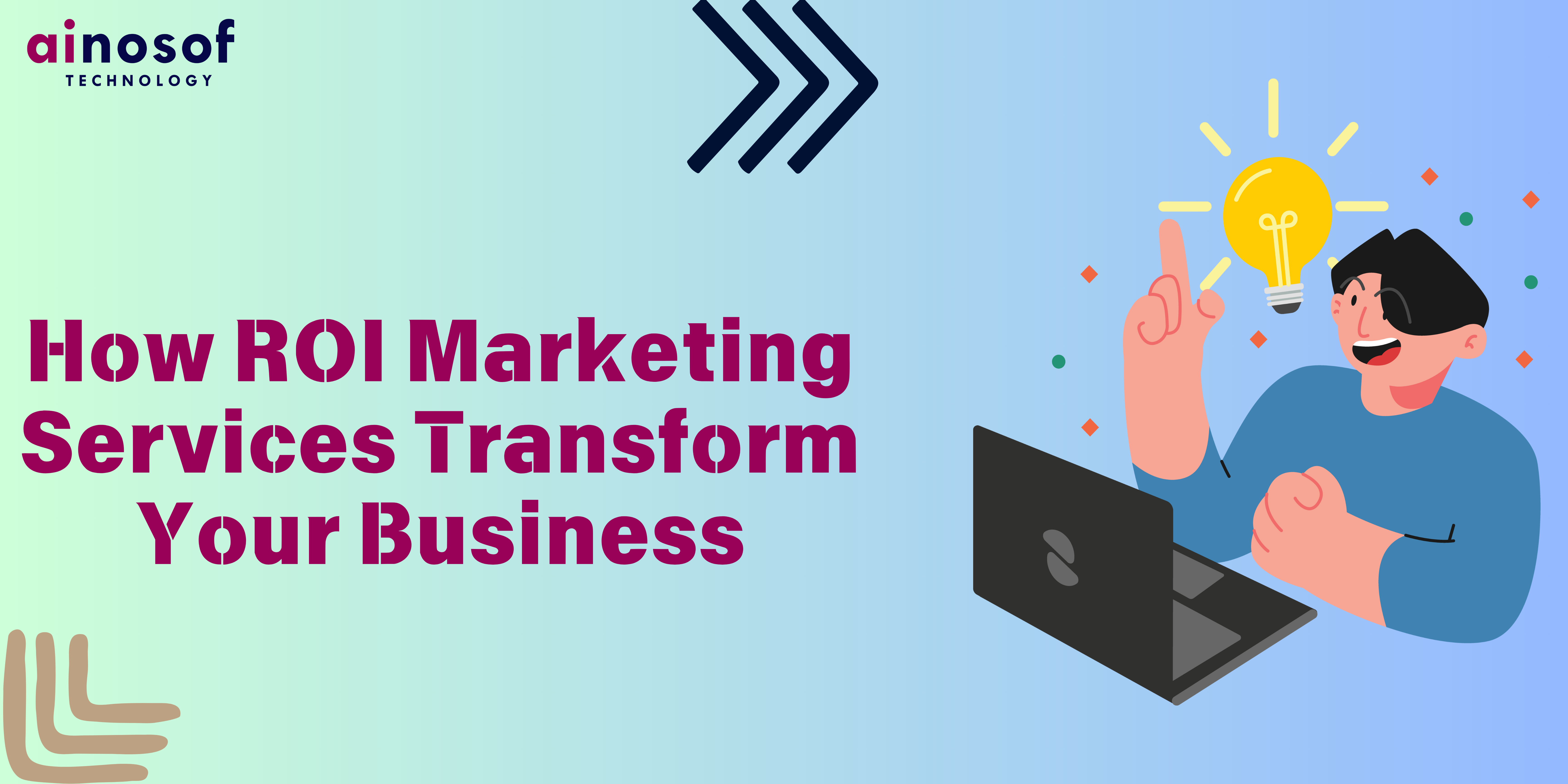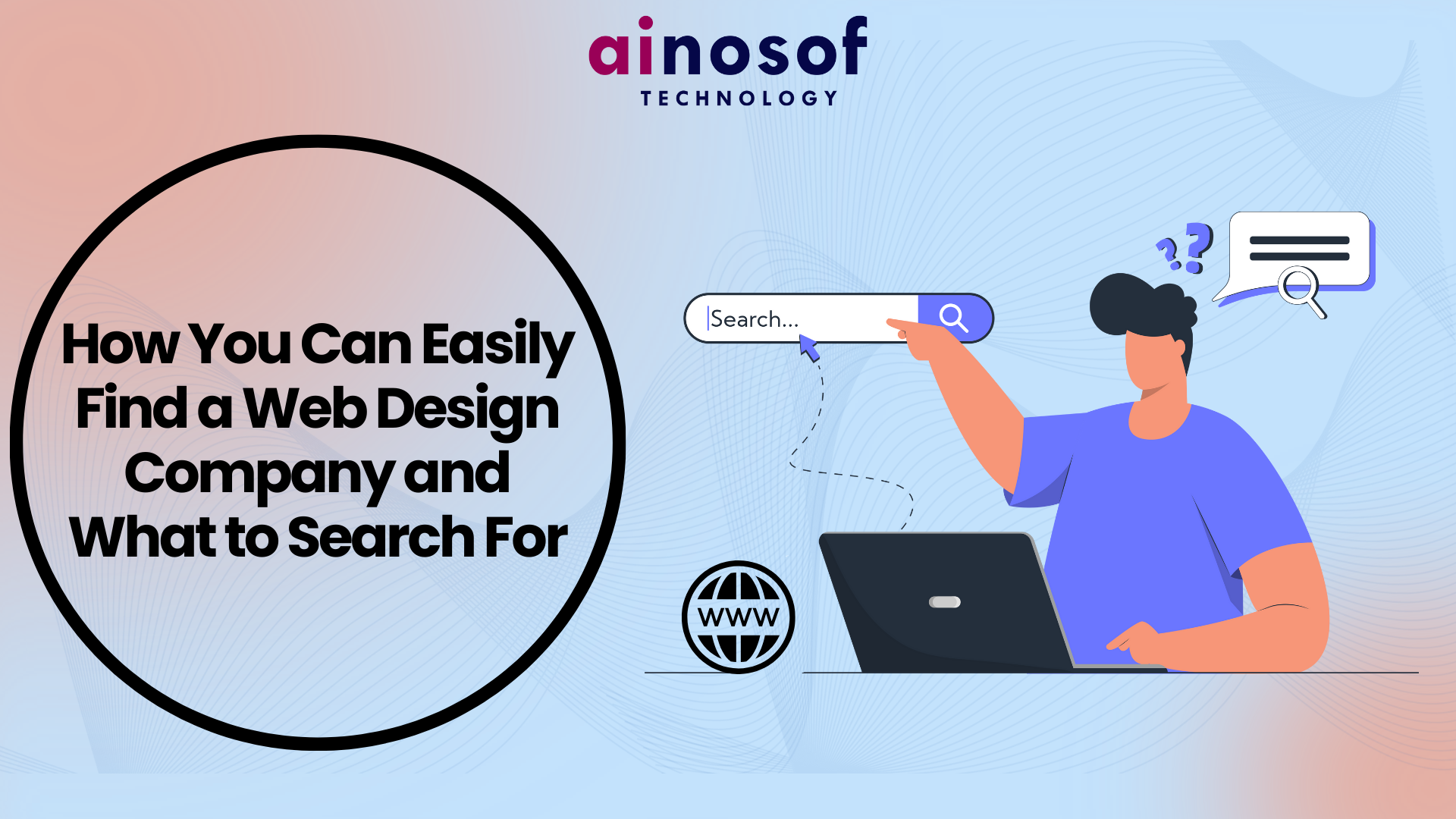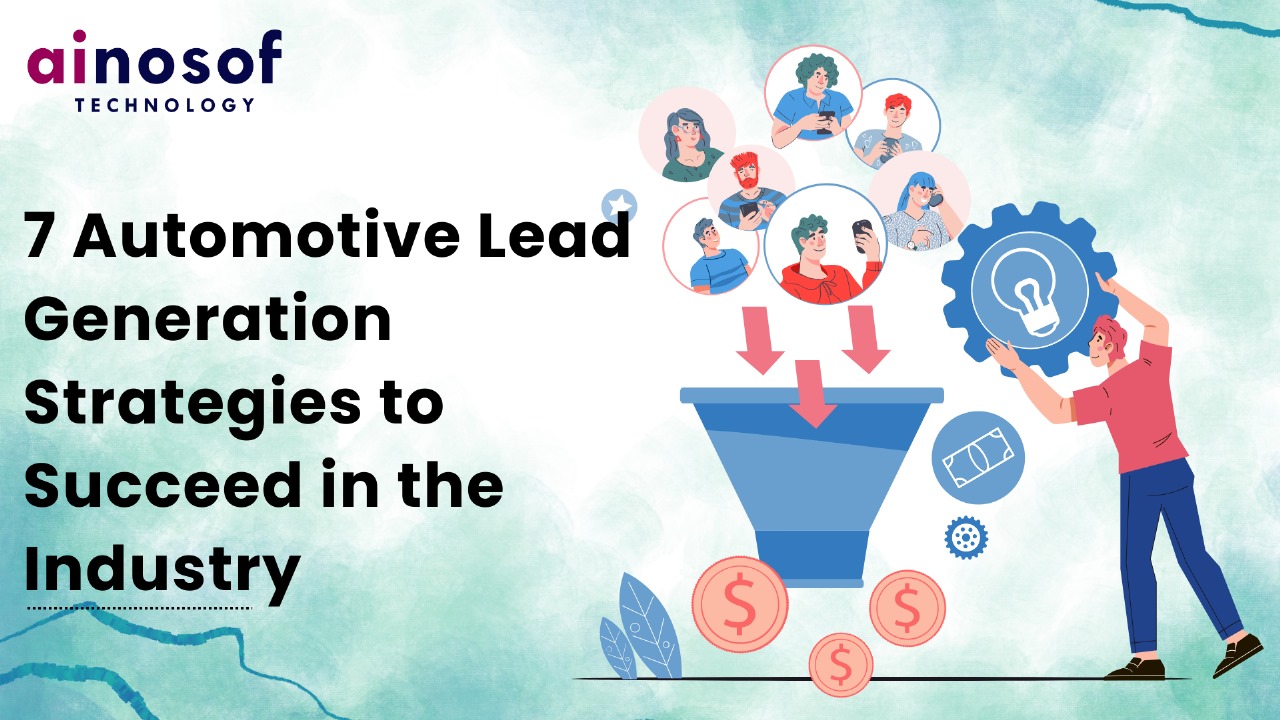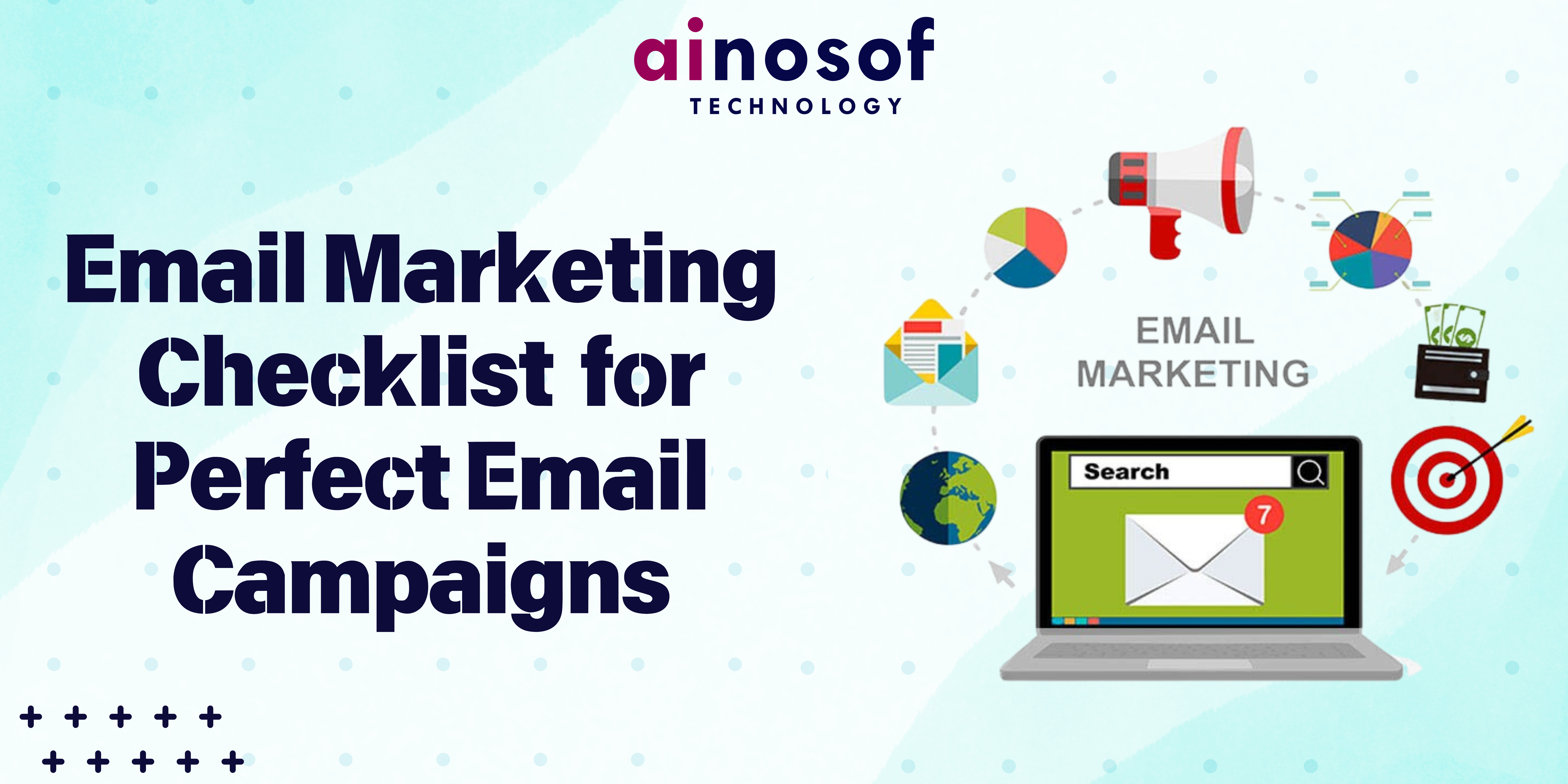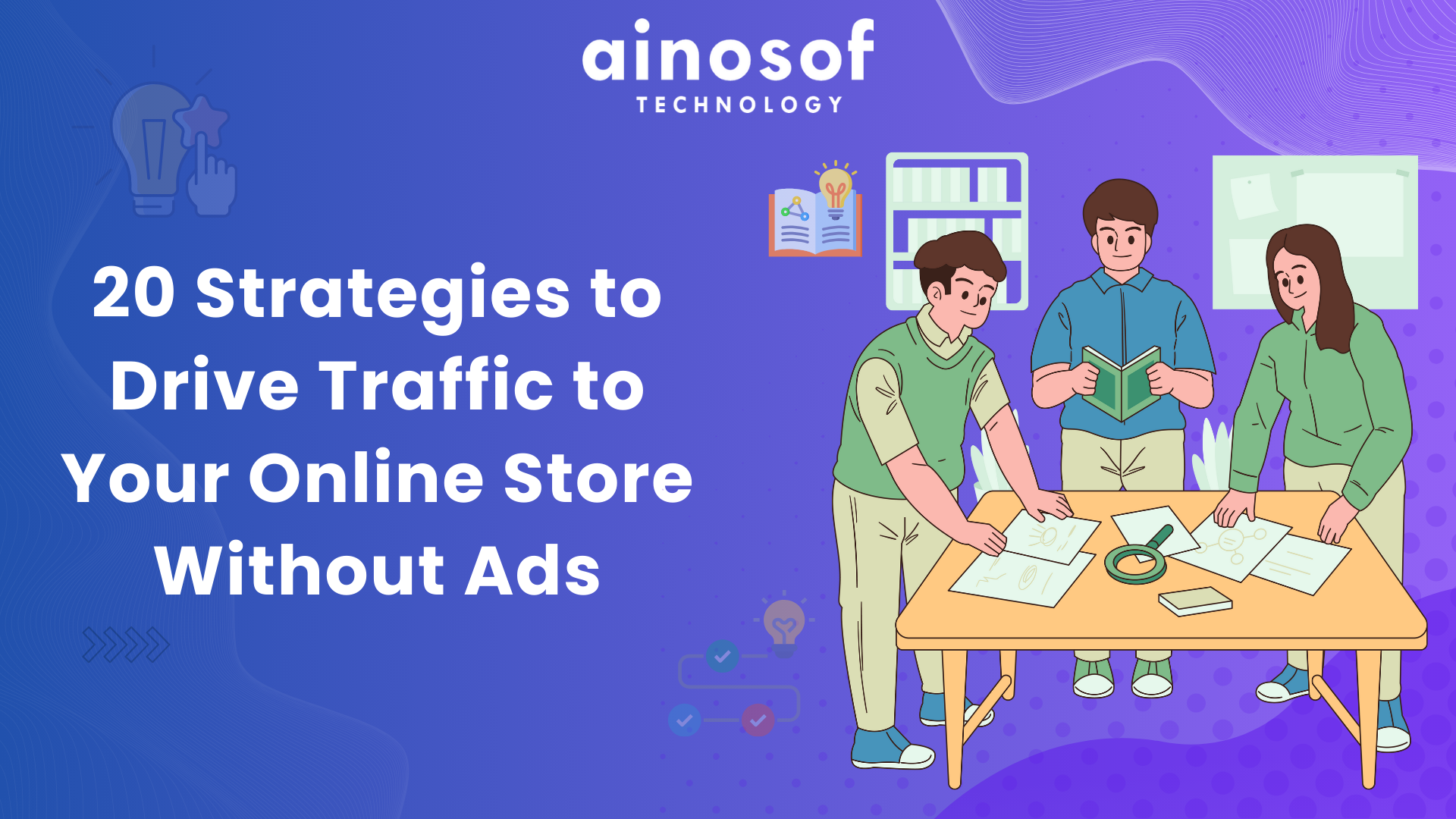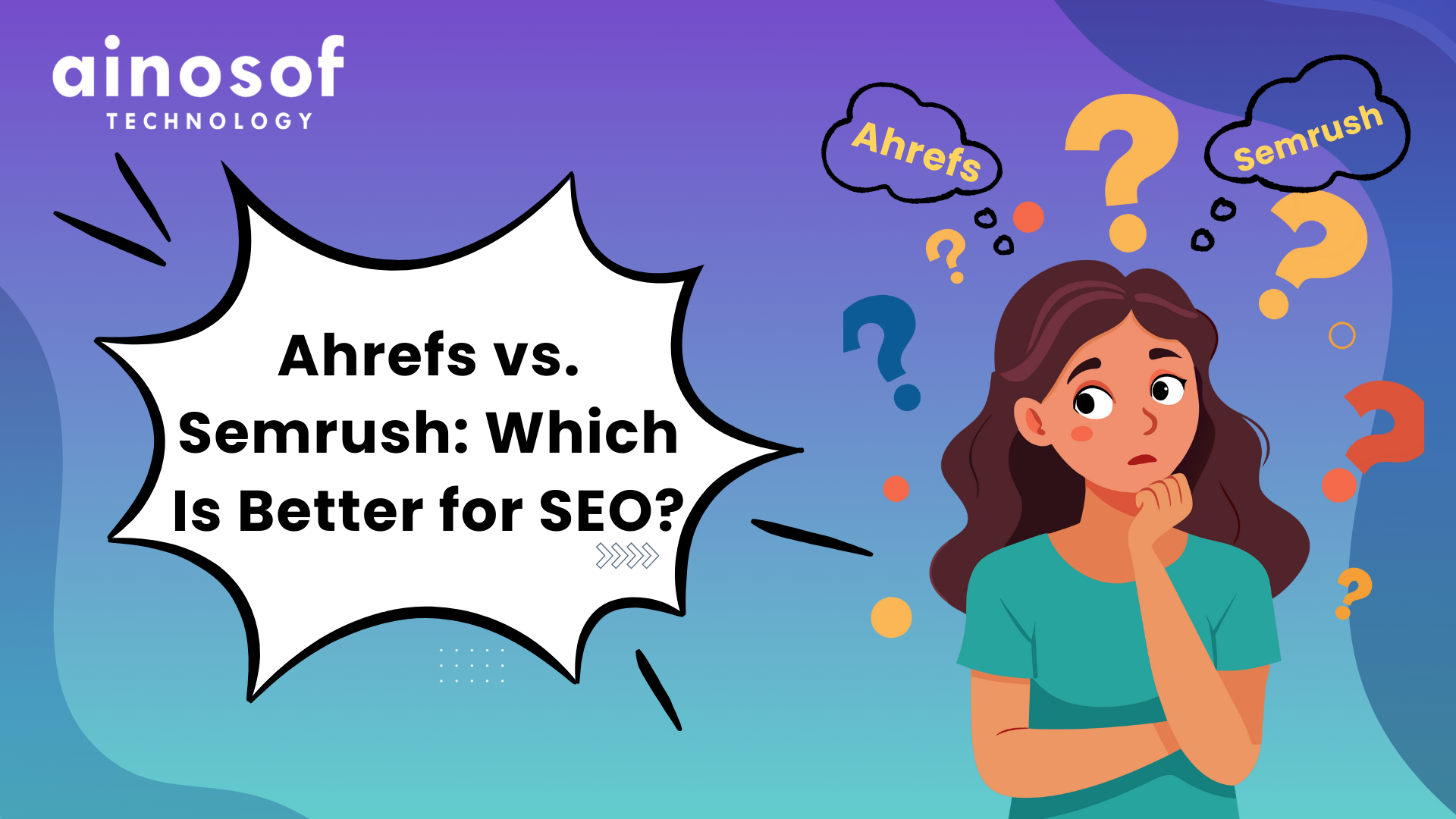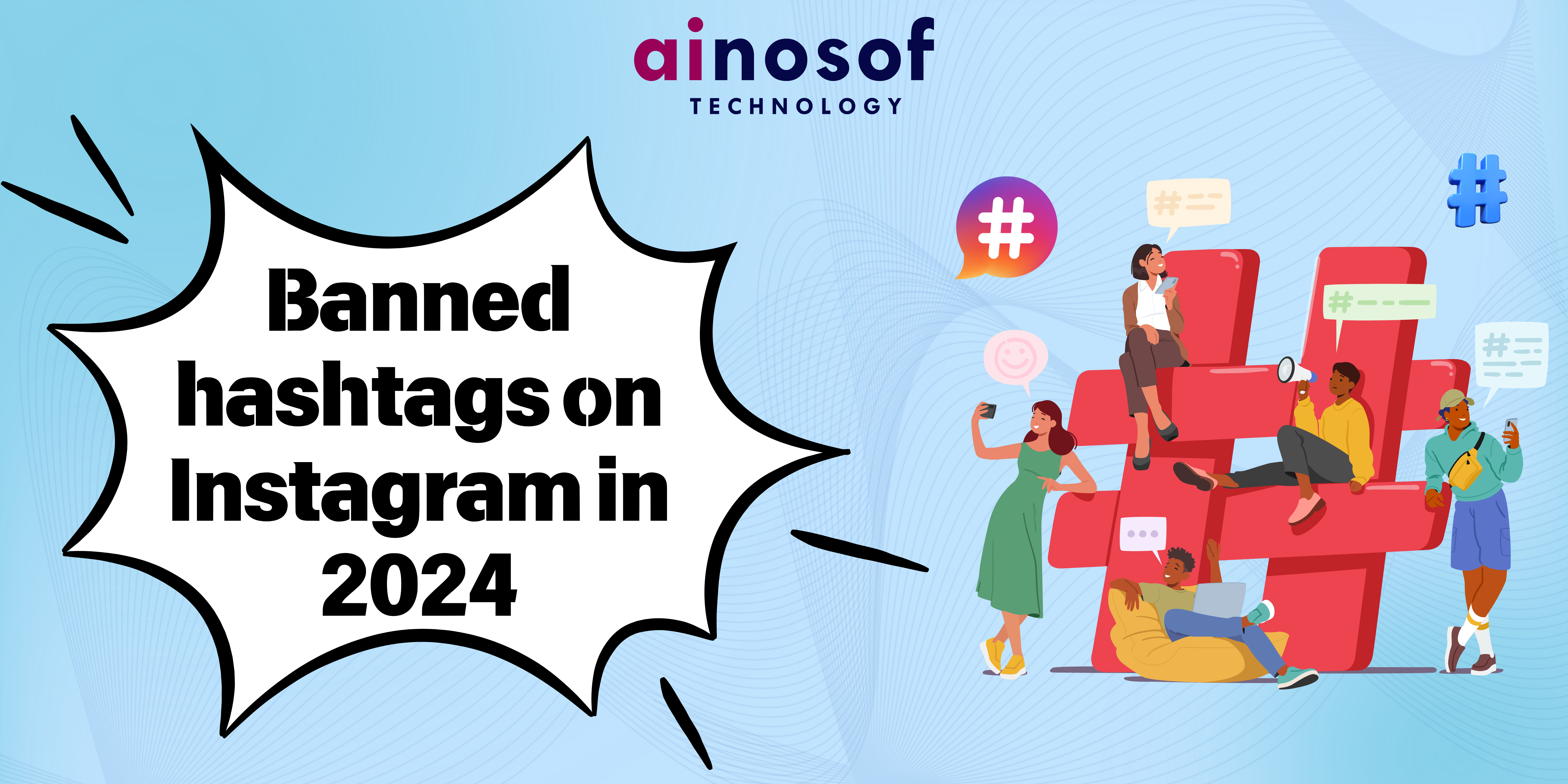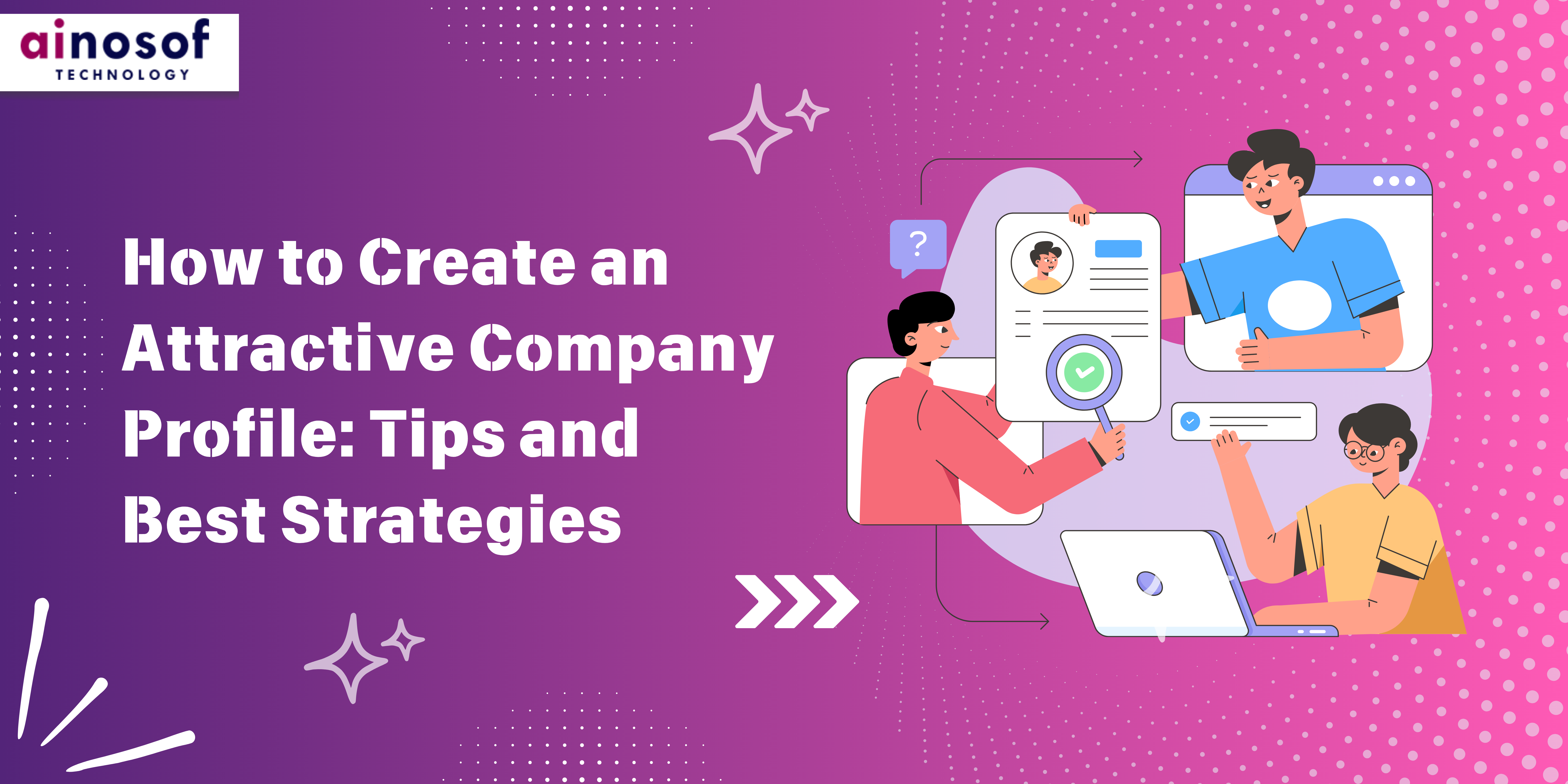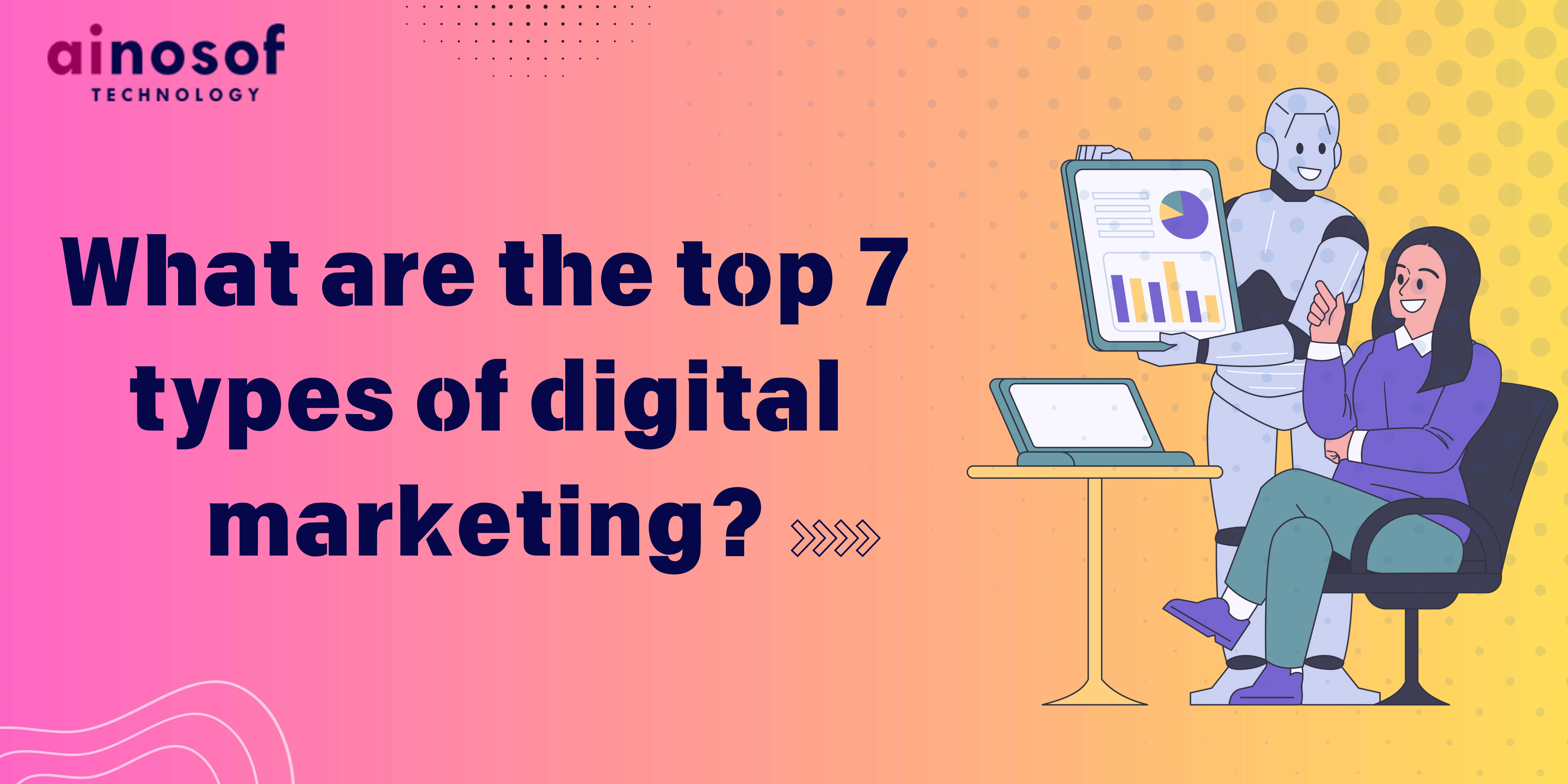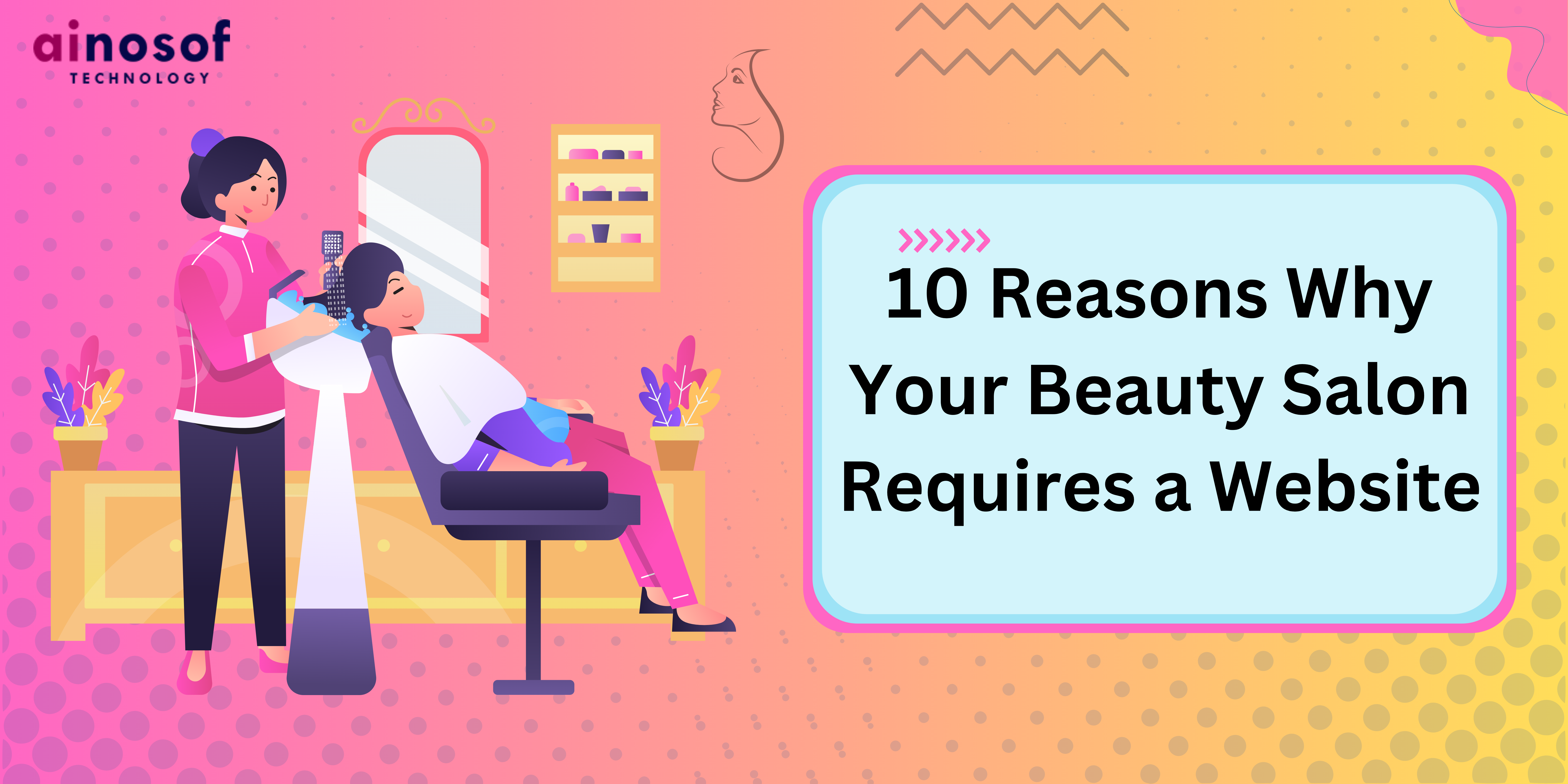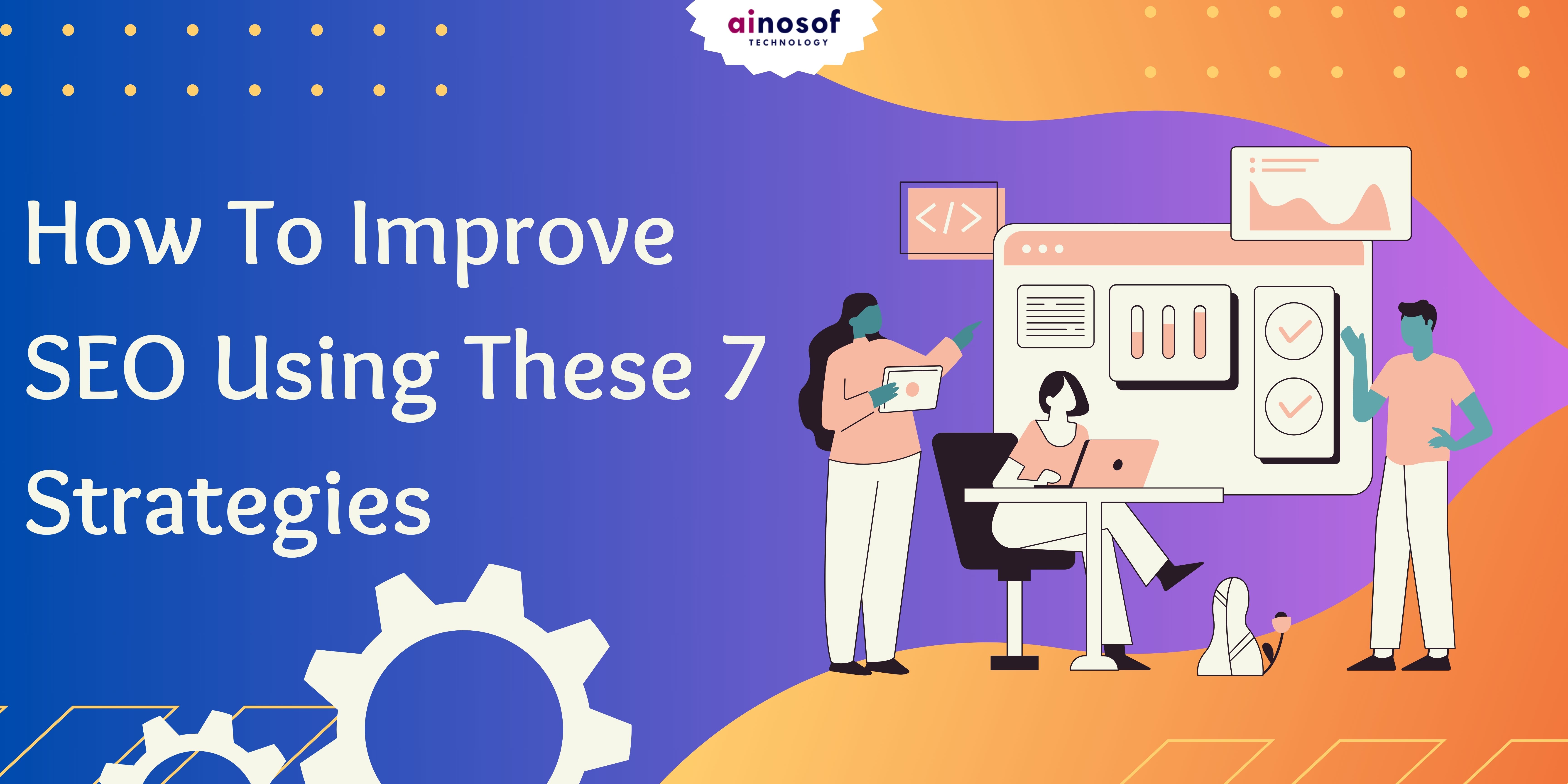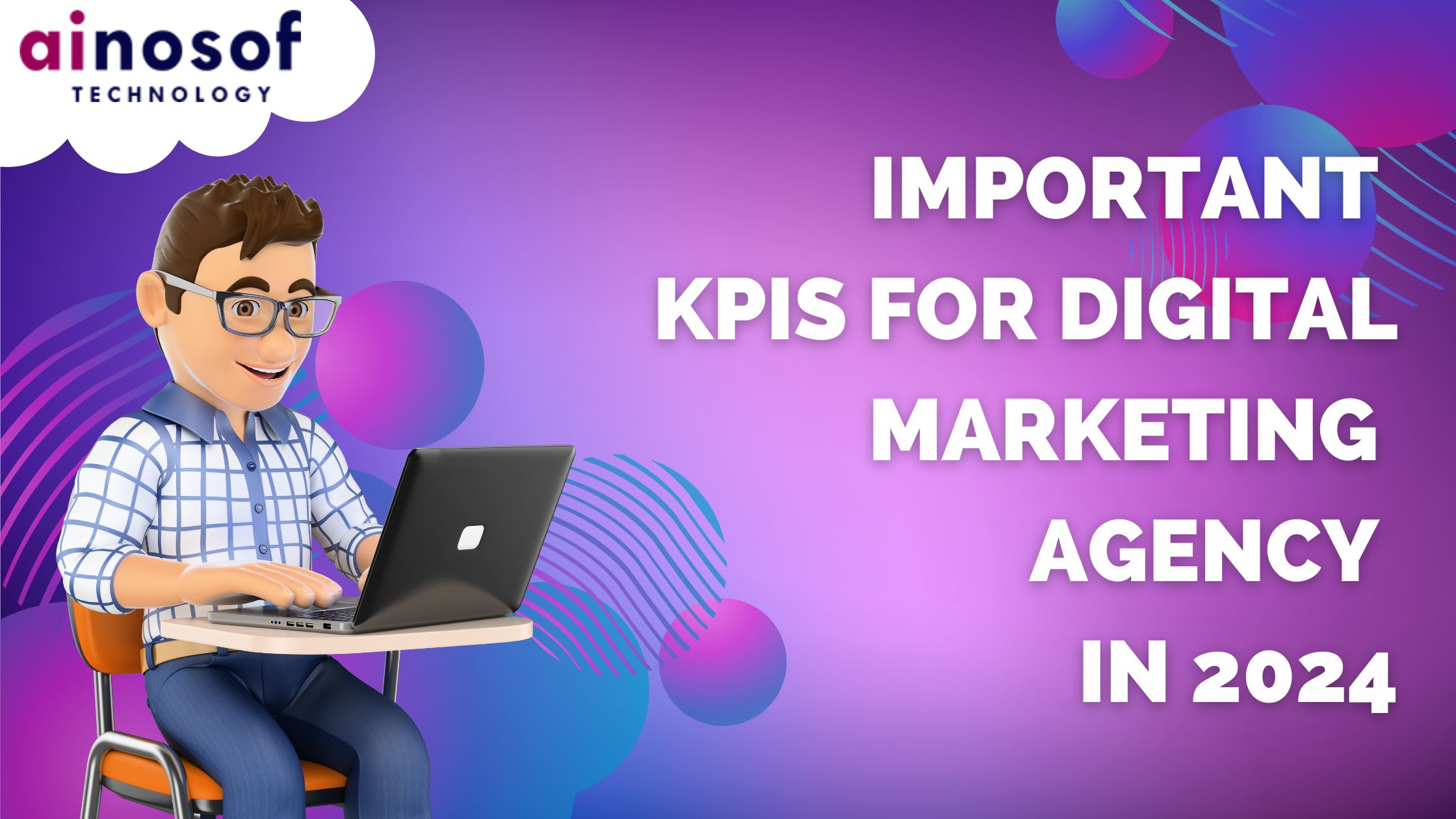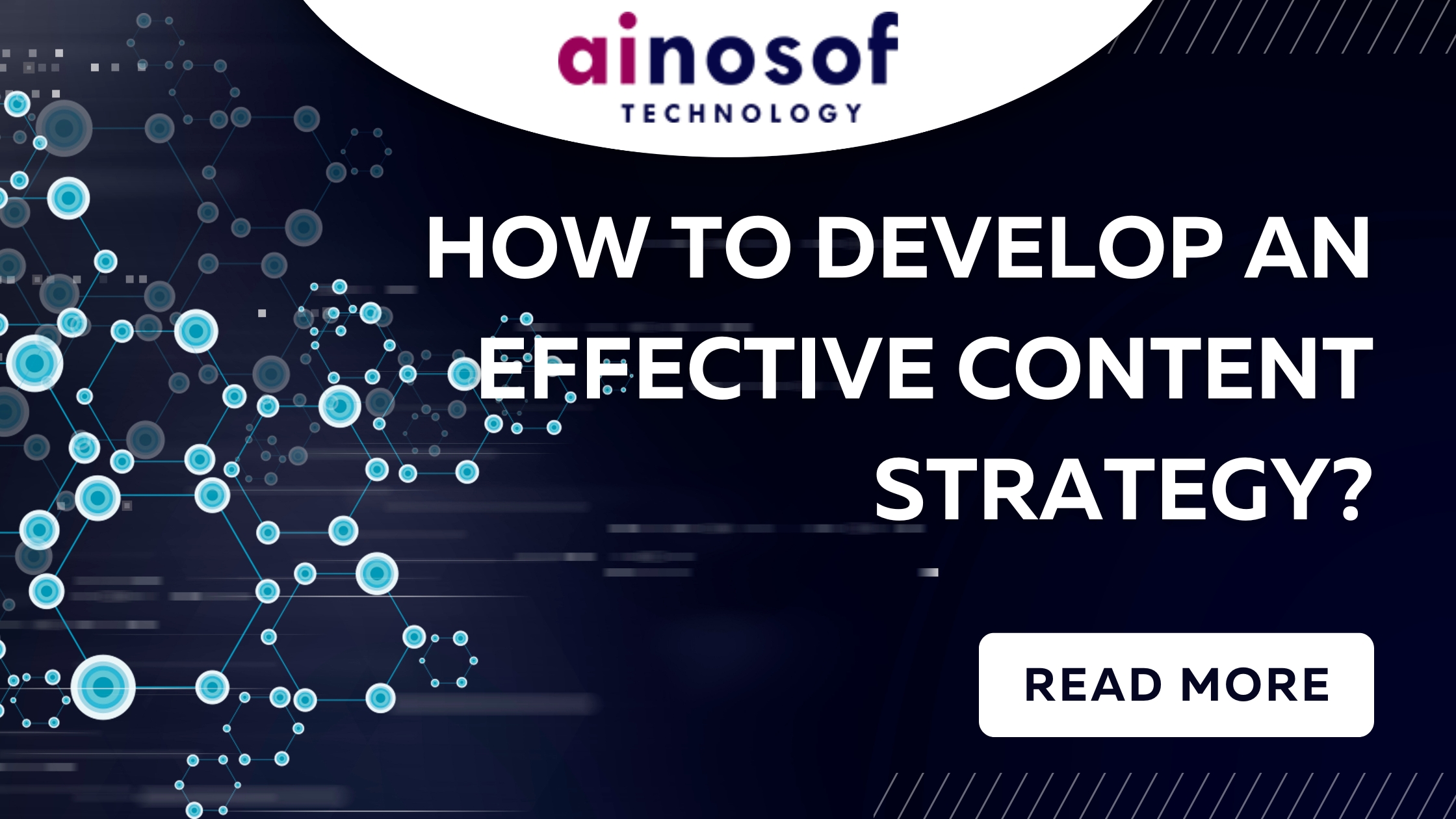Semantic SEO has become crucial for boosting your website’s visibility, attracting meaningful traffic, and providing content that truly resonates with users. This approach focuses on understanding the context and intent behind search queries, making it easier for you to connect with your audience.
Creating an effective semantic SEO strategy is the right approach. This method not only helps improve your search rankings but also supports significant business growth. Gone are the days when stuffing your content with keywords was the go-to SEO tactic. As Google’s algorithms have evolved, they now prioritize a deeper understanding of human language and its relevance to users' needs. Marketers who have embraced semantic SEO are already experiencing better search rankings and increased click-through rates.
You'll learn how to make your content more relevant and engaging, ensuring it meets the expectations of both search engines and users.
1. What is Semantic SEO?
Semantic SEO is about optimizing your content for a topic instead of focusing on a specific keyword. It takes into account user intent, experience, and the connections between ideas. This approach helps search engines deliver more meaningful results and enhances the overall search experience.
Rather than just cramming in keywords, semantic SEO focuses on creating content that is rich in meaning and context. Think of it like telling a complete story with characters, events, and relationships, which helps search engines understand and respond better.
Traditional SEO vs. Semantic SEO: Traditional SEO is primarily focused on keywords, while Semantic SEO considers the entire context and deeper connections between words, phrases, and the overall intent of a query.
Why is it important? As search engines like Google become more sophisticated, they prioritize content that understands and addresses user intent rather than simply matching exact keywords. Semantic SEO ensures your content provides relevant answers and meaningful insights, aligning with the way users naturally search for information.
2. The Importance of User Intent
User intent relates to the reason behind a search query. It's important to distinguish between the following types of search intents:
- Informational intent: The user is looking for information on a specific topic.
- Navigational intent: The user is trying to find a specific website or brand.
- Transactional intent: The user is looking to make a purchase or complete a specific action.
- Commercial intent: The user is researching products with the intention of making a purchase soon, often seeking comparisons and reviews.
Understanding and targeting user intent is essential for effective SEO because search engines now prioritize results that best match the user’s purpose, not just the exact search terms used.
Example: If someone searches for "best running shoes," their intent is likely transactional or informational, and your content should reflect product comparisons, reviews, and purchase options.
3. Leveraging Structured Data and Schema Markup
Structured data is a standardized way to provide information about a webpage and organize its content. It helps search engines better understand what your content is about. The most common type of structured data is schema markup, which can lead to rich search results like featured snippets, knowledge panels, and star ratings.
Benefits:
Implementing schema markup can improve your search listings by adding rich snippets, making them more attractive and increasing click-through rates. For example, if you have a recipe on your page, using schema can display cooking times, ingredients, and images directly in the search results.
How to Use It:
You can add schema markup to various types of content, including articles, events, products, recipes, and reviews. This not only enhances your search results but also helps search engines understand your page better.
4. Optimizing Content for Context and Relevance
It's time to move beyond just using keywords and focus on creating content that is relevant to specific topics and provides clear answers to customer questions.
You can do this by naturally including similar keywords and synonyms in your writing. Keep the language simple and easy to understand. Make sure to answer all potential questions a reader might have about the topic. A detailed guide helps search engines grasp the context of your content and connect it to relevant searches, which is key for semantic SEO.
Organize your information logically, using headings, subheadings, and bullet points to make it easier to read and navigate. This organization is an important part of your website's technical SEO.
5. Exploring Entity-Based SEO
Entity-based SEO refers to optimizing your content around "entities," which are people, places, products, or concepts that Google recognizes. While Google is getting better and better at understanding topics, it is still not as smart as a human brain. The search engine doesn’t consider a topic; everything humans consider a topic.
To provide semantically relevant and helpful results, Google is keeping a carefully organized database, widely known as the Knowledge Graph. The basic function of this database is to map single pieces of information to specific entities (e.g., what Google considers to be a topic). Unlike keywords, Google knows the meaning behind each entity, if and how it is related to other entities. So using them can help the search engine understand better what your content is about.
To do a quick check on whether or not Google takes something as an entity, you can: Check whether there is a Wikipedia page about it. Wikipedia acted as a primary data set for the Knowledge Graph, so you can safely assume that the subjects of the Wikipedia articles are entities. Use the Google Natural Language Processing API. Google it and see if a Knowledge Panel appears.
6. Effective Keyword Research Techniques
In 2024, relying solely on a single primary keyword for your SEO strategy can significantly limit your potential traffic. The evolution of search engine technology has led to the rise of semantic search engine optimization (SEO), which emphasizes the importance of utilizing a diverse array of related terms and phrases that encapsulate the essence of your main keyword.
Semantic SEO is built on the premise that search engines, like Google, are increasingly sophisticated in understanding user intent and the context of queries. By incorporating a comprehensive list of semantic keywords throughout your content, you not only enrich the text but also demonstrate to search engines that your content covers a wider range of topics related to your main subject. This broader approach signals to search engines that your content is more relevant and authoritative, thus improving your chances of ranking for various search queries.
Effective keyword optimization is a critical component of on-page SEO. It goes beyond simply targeting high-volume keywords; it involves strategically integrating long-tail keywords—these are longer, more specific phrases that reflect what users are actually searching for. Long-tail keywords often exhibit lower competition and higher conversion rates because they cater to more specific search intents. Additionally, by focusing on semantically related terms, you create a more nuanced content structure that resonates with users' needs and expectations.
Ultimately, the goal of this approach is to create a rich and engaging content experience that meets a diverse range of search queries. This not only enhances the relevance of your content but also expands its visibility, attracting a broader audience and increasing organic traffic to your site. Embracing semantic SEO will help you stay competitive in an ever-evolving digital landscape.
7. Structuring Content for Maximum Impact
The way you structure your content plays a crucial role in both user experience and search engine indexing. A well-organized layout not only helps search engines identify the most relevant sections of your page but also makes it easier for users to find the information they need quickly and efficiently.
Key Elements of Effective Structure:
Headings and Subheadings:
Use H1, H2, and H3 headings to create a clear hierarchy that organizes your content. This structure guides readers through the material and helps search engines understand the relationships between different sections.
The H1 tag should be reserved for the main title, while H2 and H3 tags can be used for subsections and additional topics, respectively.
Readability Enhancements:
Incorporate bullet points and numbered lists to break down complex information into digestible chunks. This not only enhances readability but also allows users to skim your content easily.
Use short paragraphs to maintain reader engagement. Long blocks of text can overwhelm users and lead to higher bounce rates.
Prioritize Important Information:
Place the most critical information at the top of your page, ideally above the fold. This means that users can immediately see the key points without having to scroll down. Capturing their attention right away increases the likelihood that they will engage with your content.
User-Friendly Formats:
Proper formatting can significantly enhance user engagement, dwell time, and reduce bounce rates. These metrics are important signals to search engines that your content is valuable and relevant to users.
Consider using images, infographics, or videos to complement your text. Visual elements can help illustrate your points and keep users interested.
Internal Linking:
Incorporate internal links to related content on your site. This not only helps users discover more information but also assists search engines in indexing your site more effectively.
By focusing on these structural elements, you can create a more user-friendly experience that encourages deeper engagement and signals to search engines that your content is worth ranking. A well-structured page ultimately benefits both your audience and your SEO efforts, leading to improved visibility and higher traffic.
8. Crafting a Robust Internal Linking Strategy
Internal linking involves creating links between pages on your website. A robust internal linking strategy not only helps users find related content but also allows search engines to crawl your site more effectively and pass authority between pages.
Benefits:
- Improves crawlability and helps search engines understand your site structure.
- Distributes page authority (link equity) across your site, improving rankings.
- Guides users to relevant, high-value content.
Best practices:
- Use descriptive anchor text to help search engines understand the link’s context.
- Prioritize linking to cornerstone or pillar content—high-authority, high-value pages that are central to your site.
9. Adapting to the Rise of Voice Search
Voice search optimization is crucial as more users rely on digital assistants like Siri, Google Assistant, and Alexa. Voice queries tend to be longer and conversational, and users expect direct, concise answers.
How to optimize for voice search:
- Focus on natural language and conversational keywords.
- Create content that answers questions directly.
- Use structured data to make your content more accessible for voice queries.
Featured snippets and voice search: Many voice search results are pulled from featured snippets, so aim to provide concise, easily digestible answers to common questions.
10. Measuring the Success of Your Semantic SEO Efforts
Measuring the impact of your semantic SEO strategy involves tracking various metrics that indicate both search performance and user engagement.
Key metrics to track:
- Organic traffic growth.
- Keyword rankings and movement in the SERPs (Search Engine Results Pages).
- Click-through rates (CTR) from search results.
- Engagement metrics like bounce rate, time on page, and pages per session.
Tools:
- Use Google Analytics and Google Search Console to track performance.
- Platforms like Ahrefs or SEMrush can help monitor keyword movements and analyze backlink profiles.
11. Keeping Up with SEO Trends and Updates
Search engine algorithms are continually evolving, and staying informed about these changes is essential for maintaining and improving your website's rankings. Google regularly rolls out updates, including significant algorithm changes such as BERT, Core Web Vitals, and E-A-T (Expertise, Authority, Trustworthiness). Understanding these updates can help you adapt your SEO strategies effectively.
Key Algorithm Updates:
- BERT (Bidirectional Encoder Representations from Transformers):
- Introduced in late 2019, BERT helps Google better understand the context and nuances of language in search queries. It allows the algorithm to comprehend the meaning behind words in relation to other words in a sentence, improving the relevance of search results, especially for long-tail queries.
- Core Web Vitals:
- Launched as a ranking factor in 2021, Core Web Vitals focus on three key aspects of user experience:
- Largest Contentful Paint (LCP): Measures loading performance.
- First Input Delay (FID): Measures interactivity.
- Cumulative Layout Shift (CLS): Measures visual stability.
- Optimizing for these metrics can enhance user experience and potentially improve your rankings.
- Launched as a ranking factor in 2021, Core Web Vitals focus on three key aspects of user experience:
- E-A-T (Expertise, Authority, Trustworthiness):
- E-A-T has gained prominence, especially for YMYL (Your Money or Your Life) pages that impact users’ health, finances, and safety. Google looks for content created by experts, backed by authoritative sources, to ensure it is trustworthy.
Best Practices for Staying Updated:
- Follow Industry News:
- Regularly check credible SEO blogs and resources, such as Moz, Search Engine Land, and Google’s own Webmaster Central Blog. Subscribing to newsletters and following SEO experts on social media can also keep you informed about the latest trends and updates.
- Conduct Regular Audits:
- Periodically audit your website to assess its performance against current SEO best practices. This includes:
- Content Updates: Refresh and improve older content to align with the latest guidelines and user intent.
- Mobile-First Indexing: Ensure your site is optimized for mobile users, as Google predominantly uses the mobile version of a site for indexing and ranking.
- Page Experience Signals: Regularly check your site’s Core Web Vitals and make necessary improvements to loading speed, interactivity, and layout stability.
- Periodically audit your website to assess its performance against current SEO best practices. This includes:
- Utilize SEO Tools:
- Leverage tools like Google Search Console, Ahrefs, and SEMrush to monitor your website’s performance, track keyword rankings, and identify areas for improvement. These tools can provide insights into how algorithm updates may be affecting your site.
- Engage with the Community:
- Participate in SEO forums, webinars, and conferences. Engaging with other professionals can provide valuable insights and practical advice on how to adapt to changes in the landscape.
